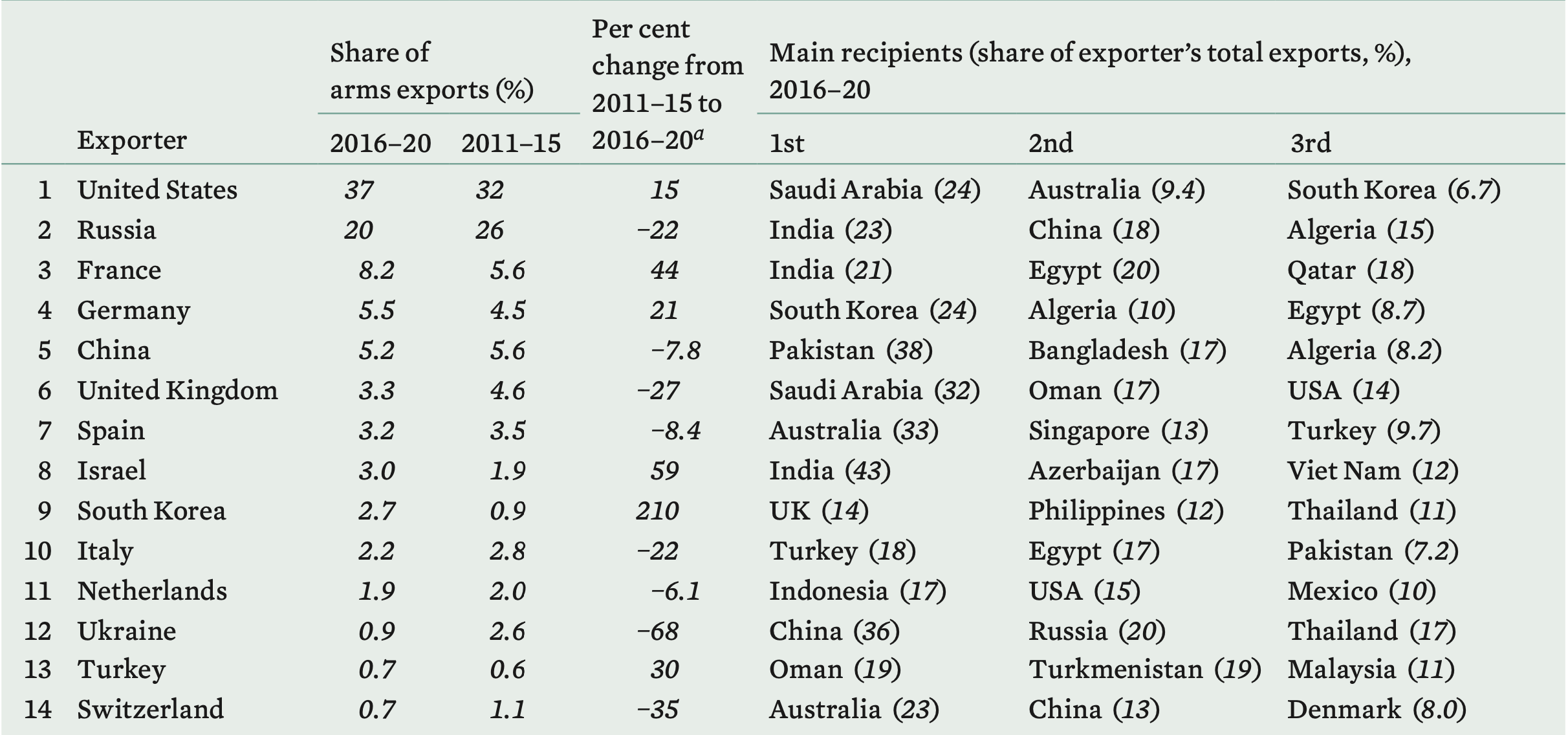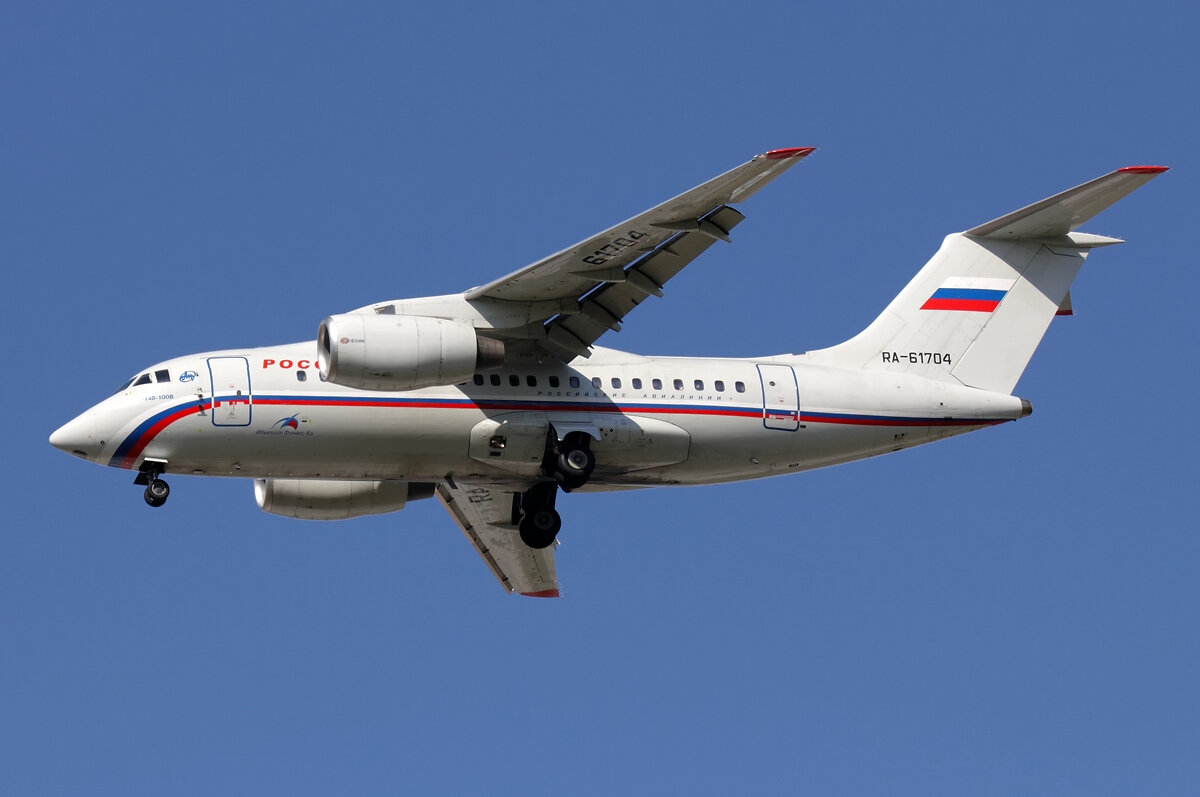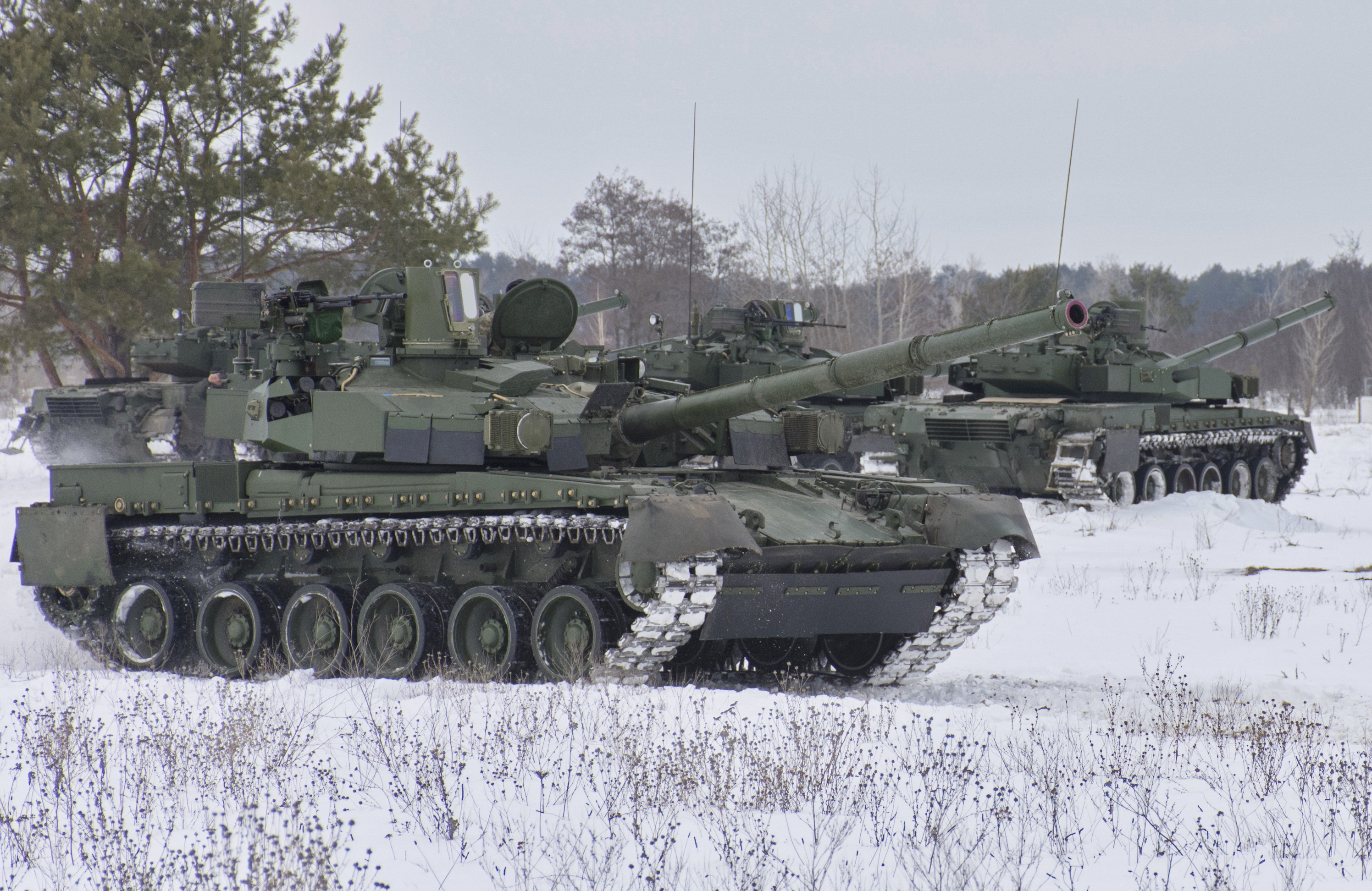A recent report on the global arms market by the Stockholm International Peace Research Institute (SIPRI) caused a stir in Ukraine.
The report suggested that in the past five years, Russia has been the second-biggest client of Ukraine’s defense industry, claiming some 20% of Ukraine’s military-grade exports, despite waging a proxy war since 2014 and occupying 7% of Ukraine’s territory.
This was the third annual report in a row in which SIPRI reported ongoing military cooperation between the two warring nations.
However, the situation on the ground doesn’t appear to be that simple.
SIPRI’s estimates have been strongly criticized by Ukrainian defense industry players, with many arguing that the institute’s data are misinterpreted and misleading.
Ukraine has an embargo on sending any military-grade and double-use hardware to Russia since 2014. Ukraine’s defense also has a policy of import substitution, trying to get rid of its dependency on Russian hardware and components.
According to Defense Express, a Kyiv-based analytical center, SIPRI’s mistake stems from the fact that it counts hardware produced by Russia on its own territory under pre-war Ukrainian licenses as part of Russian-Ukrainian defense trade.

A screenshot showing the world’s top arms exporters in 2016-2020, according to the Stockholm International Peace Research Institute.
In particular, updated SIPRI databases suggest that Russia had acquired as many as 15 Antonov An-148-100E transport aircraft from Ukraine as part of a $565 million deal, but this deal was struck as far back as 2013.
Back then, Ukrainian manufacturer Antonov authorized aircraft manufacturing in Russia and was providing components until the war broke out in 2014. As a result, the aircraft were produced in the Russian city of Voronezh for Russia’s military.
The SIPRI database on Ukraine-Russia deals acknowledges that the An-148s were produced by Russia under a pre-war Ukrainian license and that the delivery was “delayed after Ukrainian 2014 ban on military exports to Russia.”
However, the think tank added that all Ukrainian components could have been delivered before the ban or that the airplanes’ production was completed by Russia without Ukrainian consent and with Ukrainian components substituted by Russian spare parts.
SIPRI also included the agreement on delivery of D-436 turbofans produced by Ukraine’s Motor Sich. According to SIPRI, six engines were supposed to be exported to Russia or produced there under license for Russia’s Antonov An-148 and Beriev Be-2000 aircraft. And even though the deal broke down — and Russian authorities publicly complained about it in 2018 — SIPRI included it in its statistics as an example of multimillion dollar military production cooperation between Kyiv and Moscow.

A screenshot showing Stockholm International Peace Research Institute’s data on Russian-Ukrainian arms deals completed between 2016 and 2020. (SIPRI)
No deals?
According to UkrOboronProm, the Ukrainian state-run defense production giant, whose affiliates have a state monopoly on foreign arms deals, Ukraine has not sold arms to Russia since they’ve been officially banned in 2014.
The ban is still in effect for both private and state-run businesses, said Mustafa Nayyem, UkrOboronProm’s deputy director-general.
“SIPRI operates on data from open sources,” the official told the Kyiv Post.
“But they do not explain what open sources they used to formulate the figures published this year. Including the classification and the designation of export products and their valuation, as well as the calculation methodology, and why they believe the export deals were actually served.”
UkrOboronProm has never had any official data requests from SIPRI, the official added.
“That’s why we deem this information not fully reliable, to say the least,” Nayyem said, adding that the situation might damage SIPRI’s reputation as a think tank.
“It’s an international institute that studies global issues, and it is strange that they, being aware of the Russian aggression in our country’s east, do not clarify their data. This says a lot about the competence of their experts, who did not even care to contemplate whether it was possible that two warring nations supply each other with military hardware. It’s absurd.”
In May 2015, Ukraine’s government also halted a 1993 agreement on military-technical cooperation with Russia, formally spelling the end to any joint projects with Moscow.
Reasonable doubts
In a written response to the Kyiv Post, the institute insisted on its own point of view.
From its perspective, Russian manufacture under presumably valid Ukrainian licenses can be interpreted as continued cooperation between the two countries.
“What is less clear is the existence of a valid agreement for production in Russia,” Alexandra Manolache, a SIPRI communications officer, told the Kyiv Post.
According to the institute, a total of 33 An-148 aircraft had been produced in Russia by late 2018. Some 30% of the aircraft components were to be supplied by Ukraine, but despite the ban, Russian production continued.
“There has been some lack of clarity about the status of the Ukrainian license… and to what extent Ukraine continued to be involved in the production by supplying components,” SIPRI’s Manolache told the Kyiv Post.
Based on its available information, SIPRI presumed that Ukraine continued supplying the Russians, whose manufacturing continued until 2018. The institute referred to an unspecified Ukrainian media report in 2019 quoting UkrOboronProm and saying that the production continued under Ukrainian license.
But the institute also admitted that it was also possible that Russian manufacturer VASO “used components delivered before the ban became effective and/or managed to replace all Ukrainian components with Russian components.”
Regardless, the main question was whether Antonov had terminated its pre-war agreement with Russians.

A Russian-produced Antonov An-148 aircraft flying under Russian colors. (Igor Dvurekov)
Agreements terminated
The Ukrainian aircraft giant, which is still currently part of UkrOboronProm, denied cooperating with Russia, saying that “the execution of the license agreement” with the Russian company was terminated in 2015.
Antonov told the Kyiv Post that it never supplied VASO with components to jointly produce the Antonov An-148-100 aircraft in Russia after 2014.
“According to available data, the An-148-100 aircraft are not manufactured by VASO, and the production line is mothballed,” Antonov said.
As for the D-346 turbofan engines, SIPRI admitted that it was possible that the engines had actually been produced by the Moscow-based Salyut Machine-Building Association, which has its own right to produce the hardware without any Ukrainian licenses.
Ukraine’s Motor Sich was also accused by media of providing Russia with AI-222 engines for Yakovlev Yak-130 jets in 2016. The manufacturer denied it and the SIPRI database does not contain any information on the alleged deal.
“We base ourselves on available open (quotable) sources, including official sources,” the SIPRI representative added.
“These may be imperfect and contradictory and we therefore often have to judge their reliability based on our experience with specific sources and common sense.”
“In the specific case of the An-148 and D-436, we would certainly re-evaluate, if a clear and authoritative source becomes available on the validity (or lack of it) of the agreement to produce under license and the delivery of components and support after the 2014 ban, or on the intellectual property rights,” the institute added in response to UkrOboronProm’s accusations.
Plenty for sale
According to SIPRI, in 2016–2020, Ukraine supplied a whole range of weapons and military hardware to clients around the world, mostly to countries in Africa and the Middle East.
Between 2016 and 2020, Ukraine was the world’s 12th biggest weapons exporter.
Ukrainian weapons exports claimed nearly 1% of the world’s total, even though the industry saw a sharp drop in the number of foreign contracts amid general stagnation in the global arms market in recent years.
China remained Ukraine’s top military trade partner, claiming 36% of the country’s overall arms export in 2016-2020.
Ukraine made and exported nearly 1,200 military items including AI-222 turbofan engines produced by Zaporizhia-based giant Motor Sich for Bangladesh (for Yakovlev Yak-130 trainer jets), China (for L-15 trainers), and Zambia (for Chinese L-15s).
Lots of heavy armor, both new and old, has been rolled out for sale as well, including 25 modernized T-64B1M main battle tanks as part of a $10 million deal with the Democratic Republic of the Congo, and 49 brand new advanced T-84 Oplot tanks to fulfill an old contract with Thailand. The Asian nation has also procured over 130 BTR-3 armored personnel carriers of various versions as part of several deals worth over $340 million, according to the database.

Ukraine’s Oplot main battle tanks undergo tests at a firing range near Kharkiv on March 26, 2018. (UkrOboronProm)
Ukrainian 6TD diesel engines have been in high demand as well, with Pakistan getting nearly 145 engines for its Al-Khalid tanks (the local version of Chinese Type-90-2M tank) starting in 2014.
According to SIPRI, the last five years were not successful for the global arms market. The volume of international transfers of major arms in 2016-2020 remained nearly the same as in 2011-2015, even decreasing by 0.5%.
“It is too early to say whether the period of rapid growth in arms transfers of the past two decades is over,” said Pieter D. Wezeman, a senior researcher at SIPRI.
“For example, the economic impact of the COVID-19 pandemic could see some countries reassessing their arms imports in the coming years. However, at the same time, even at the height of the pandemic in 2020, several countries signed large contracts for major arms.”
Indeed, some global players have had a great time on the market, while others emptied their pockets in the last five years. For instance, the United States has held on to its top spot, with its share of global arms exports increasing from 32% to 37% thanks to its deals with 96 countries in 2016-2020, more than any other supplier.
Russia — Ukraine’s proxy war adversary — has stayed in second place, with 20% of the global market. Still, its arms exports dropped by 22% to the level of 2006-2010.
“Russia substantially increased its arms transfers to China, Algeria, and Egypt between 2011–2015 and 2016–2020, but this did not offset the large drop in its arms exports to India,” said Alexandra Kuimova, a researcher at SIPRI. “Although, Russia has recently signed new large arms deals with several states and its exports will probably gradually increase again in the coming years.”
In the top exporters’ chart, Russia is followed by France (8.2% of the market, a 44% growth), Germany (5.5%, a 21% growth), and China (5.2%, a 7.8% drop).

Five recently repaired T-72 main battle tanks ready to be sent back to their home units, pictured parked in a workshop at the Kyiv Armored Vehicles Plant in Kyiv on Feb. 24, 2021. (Illia Ponomarenko/Kyiv Post)
